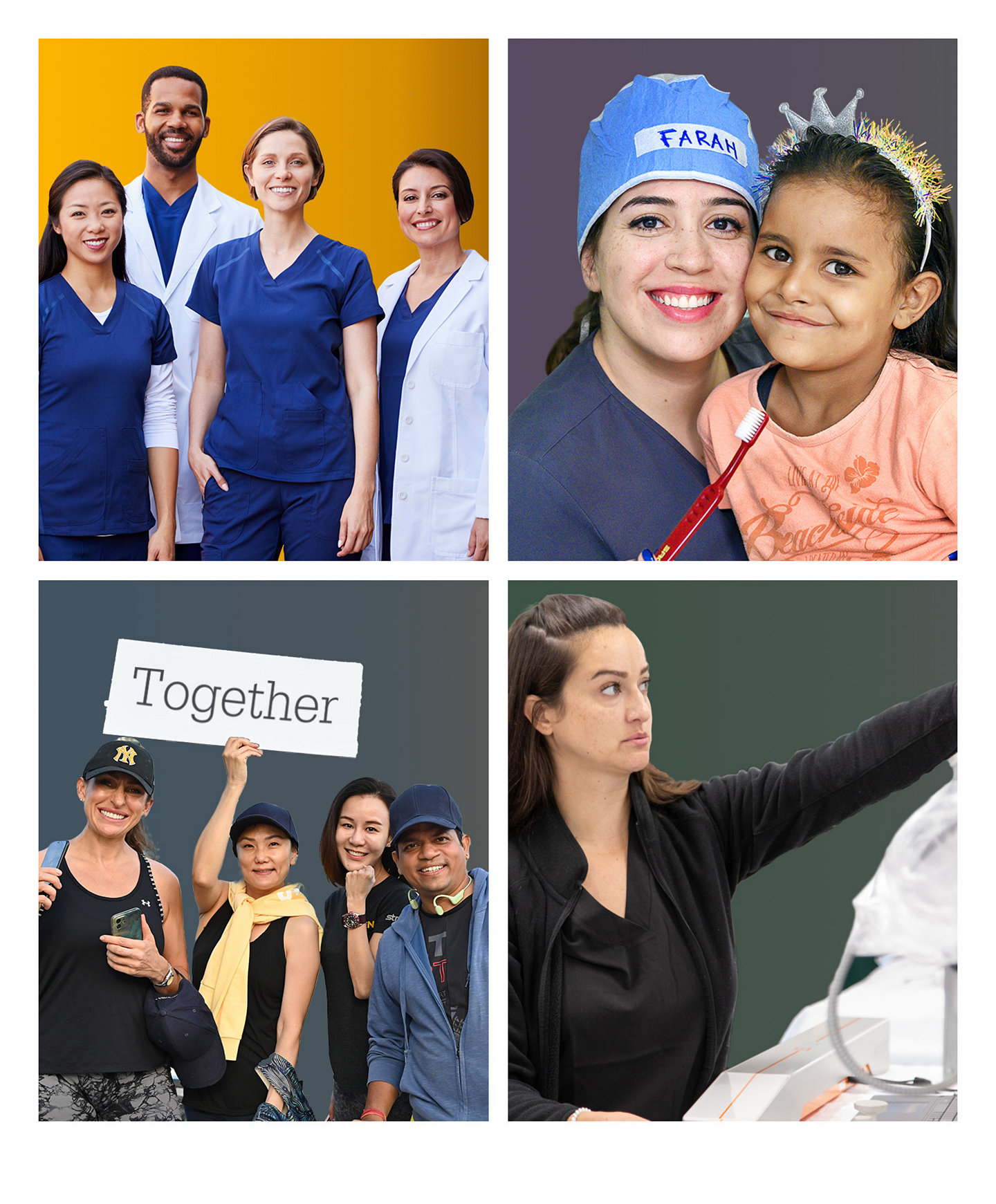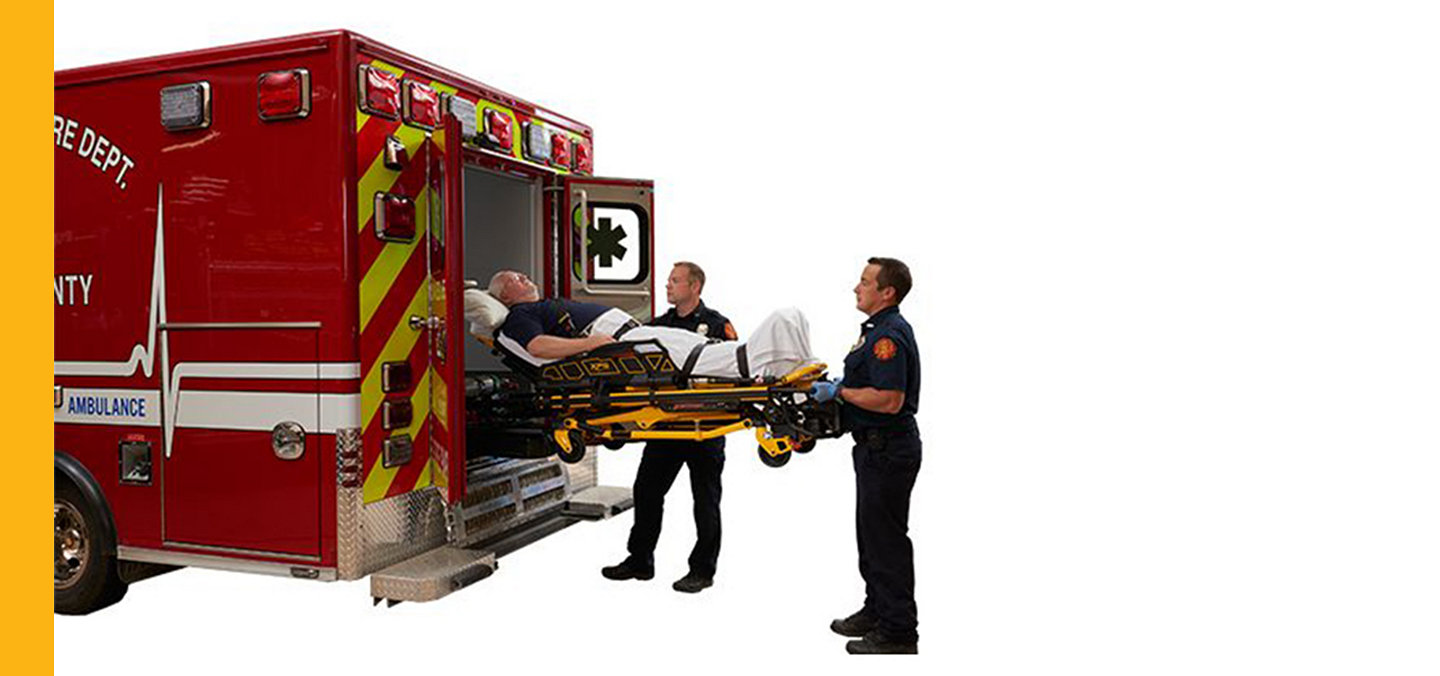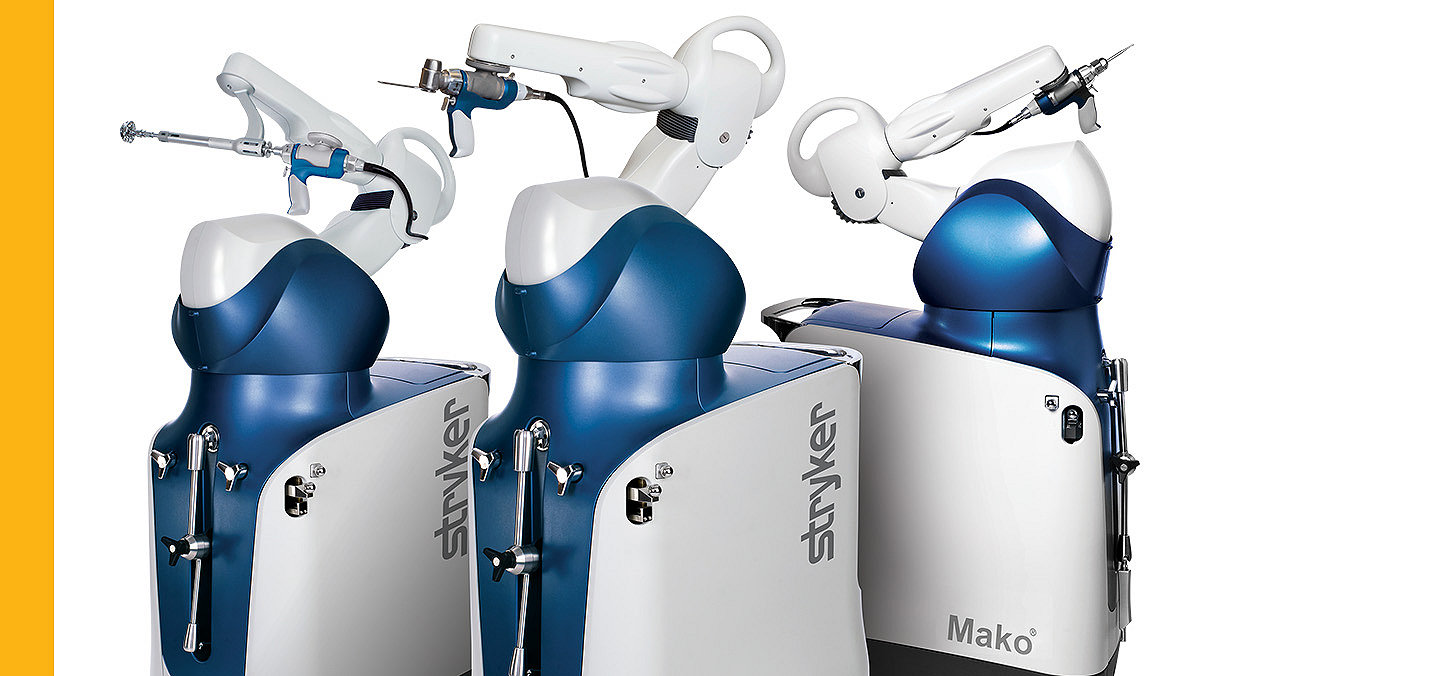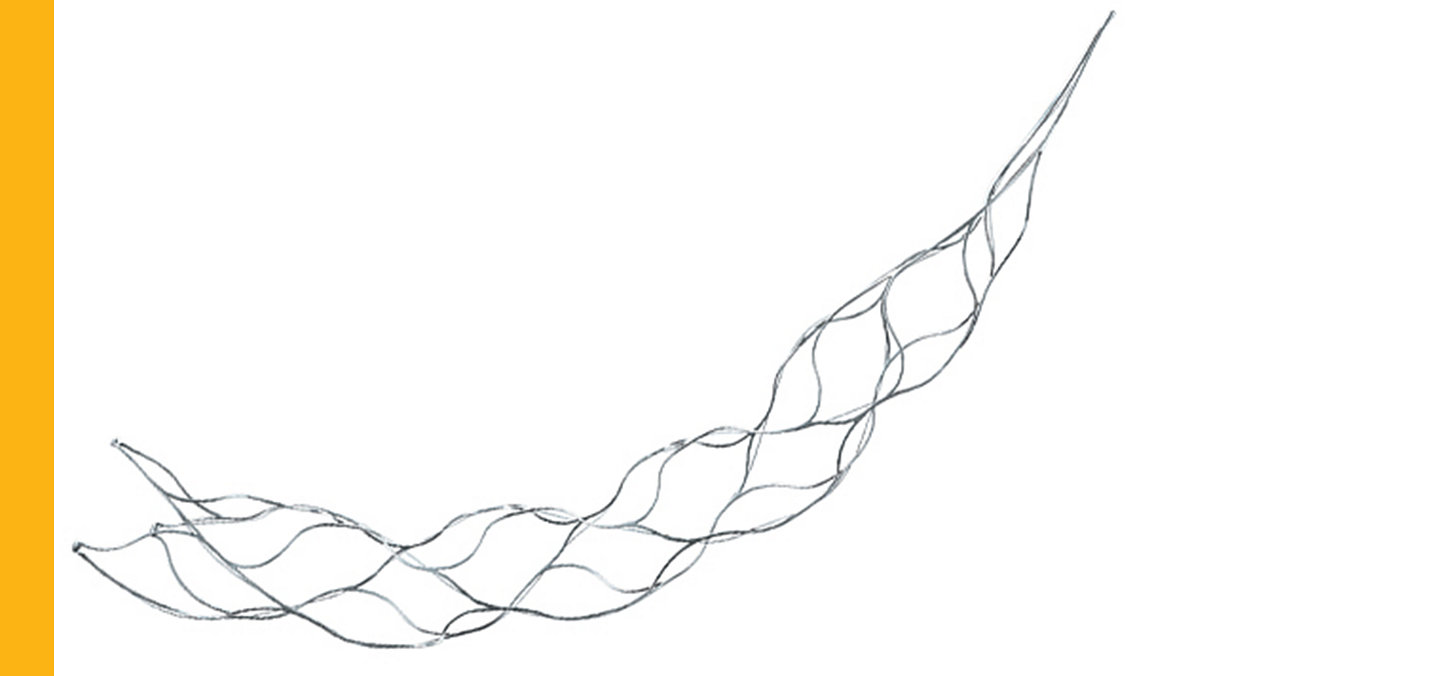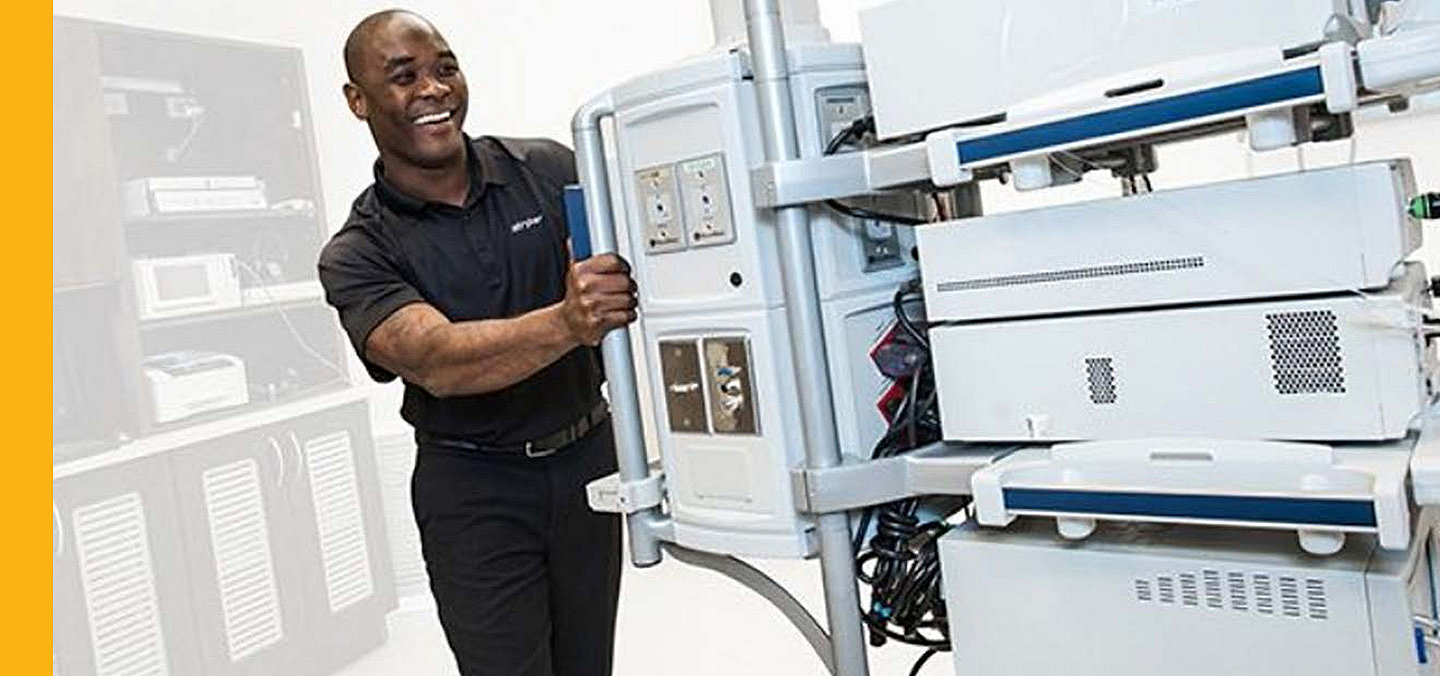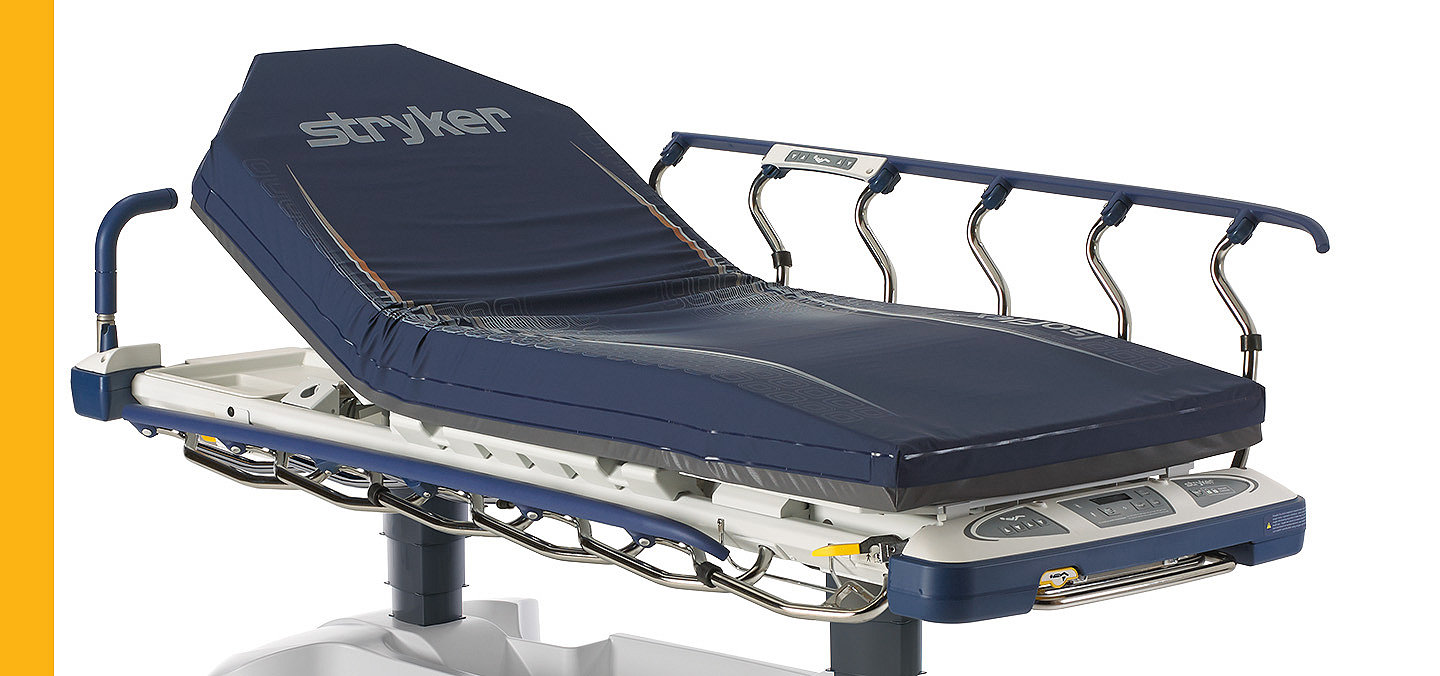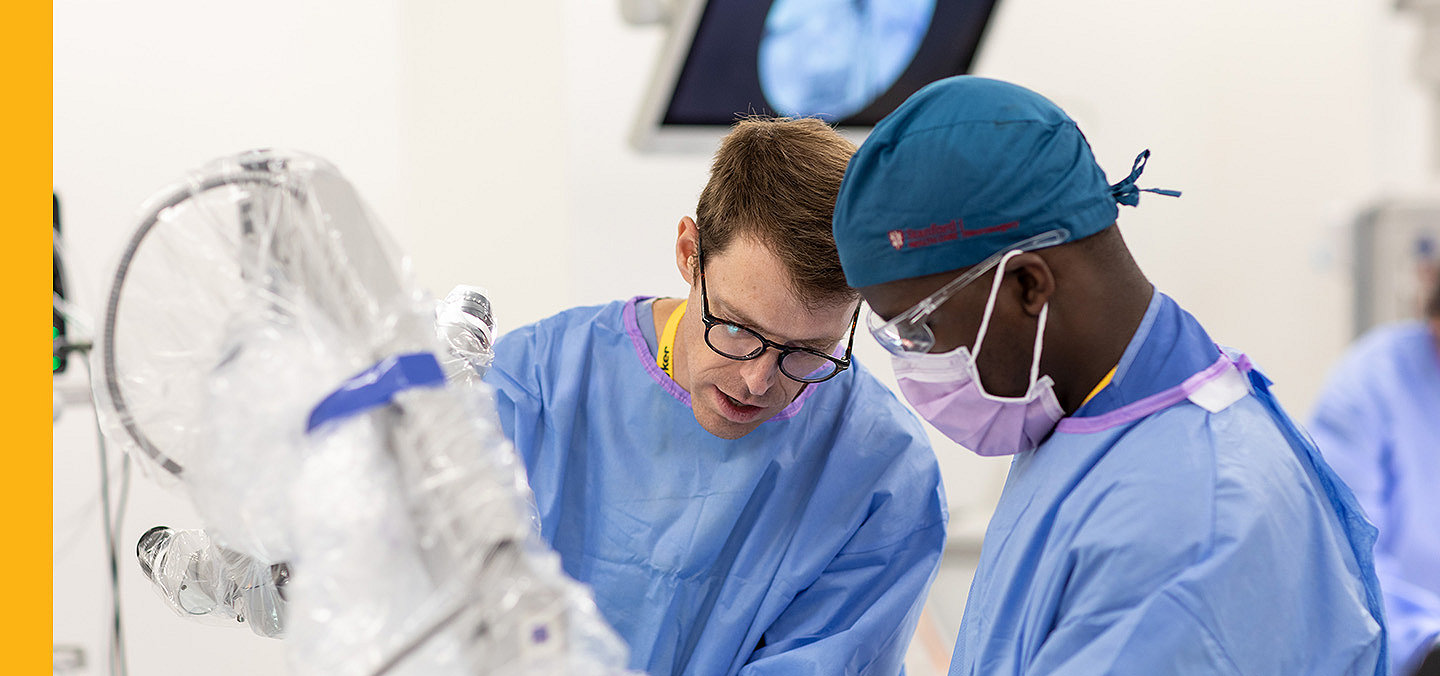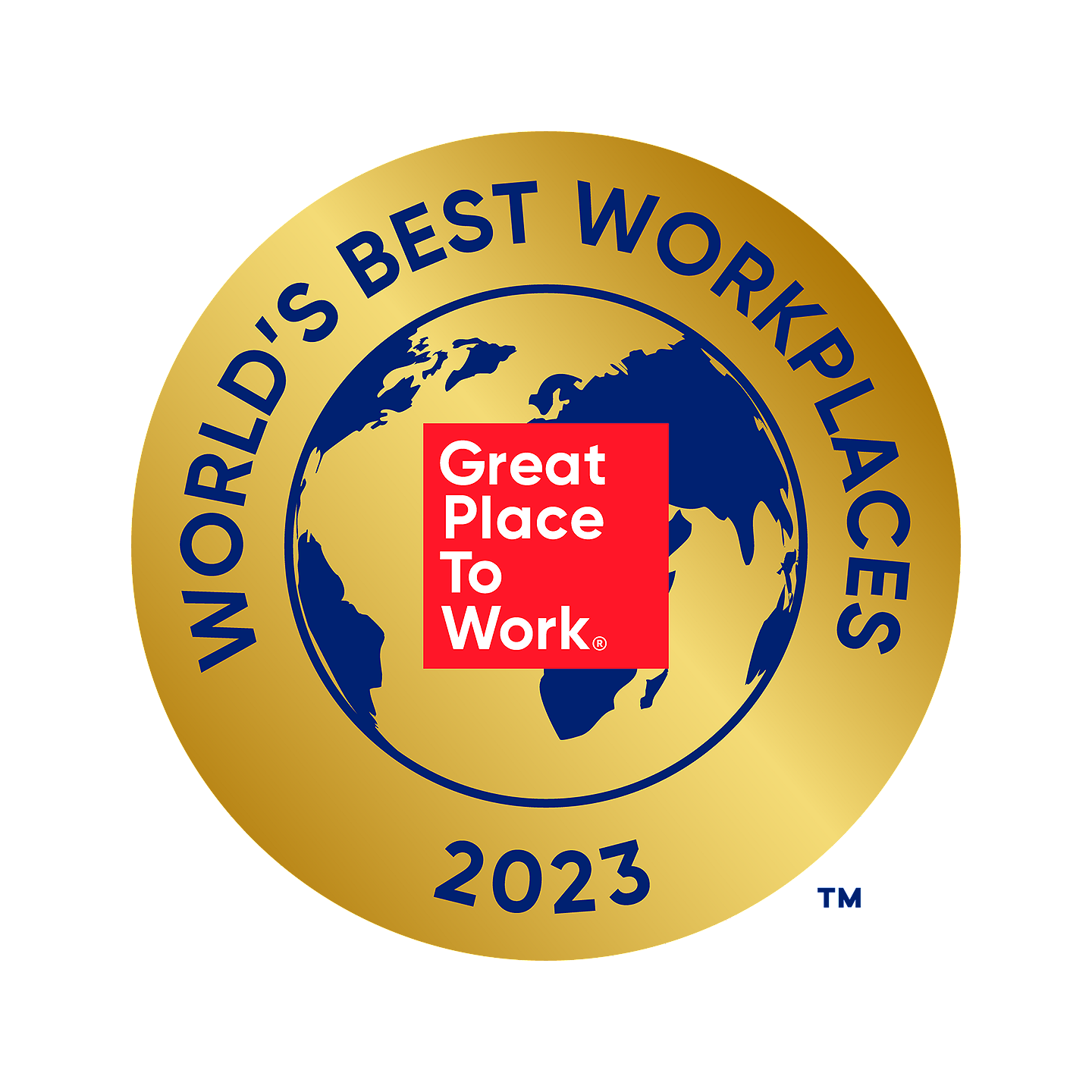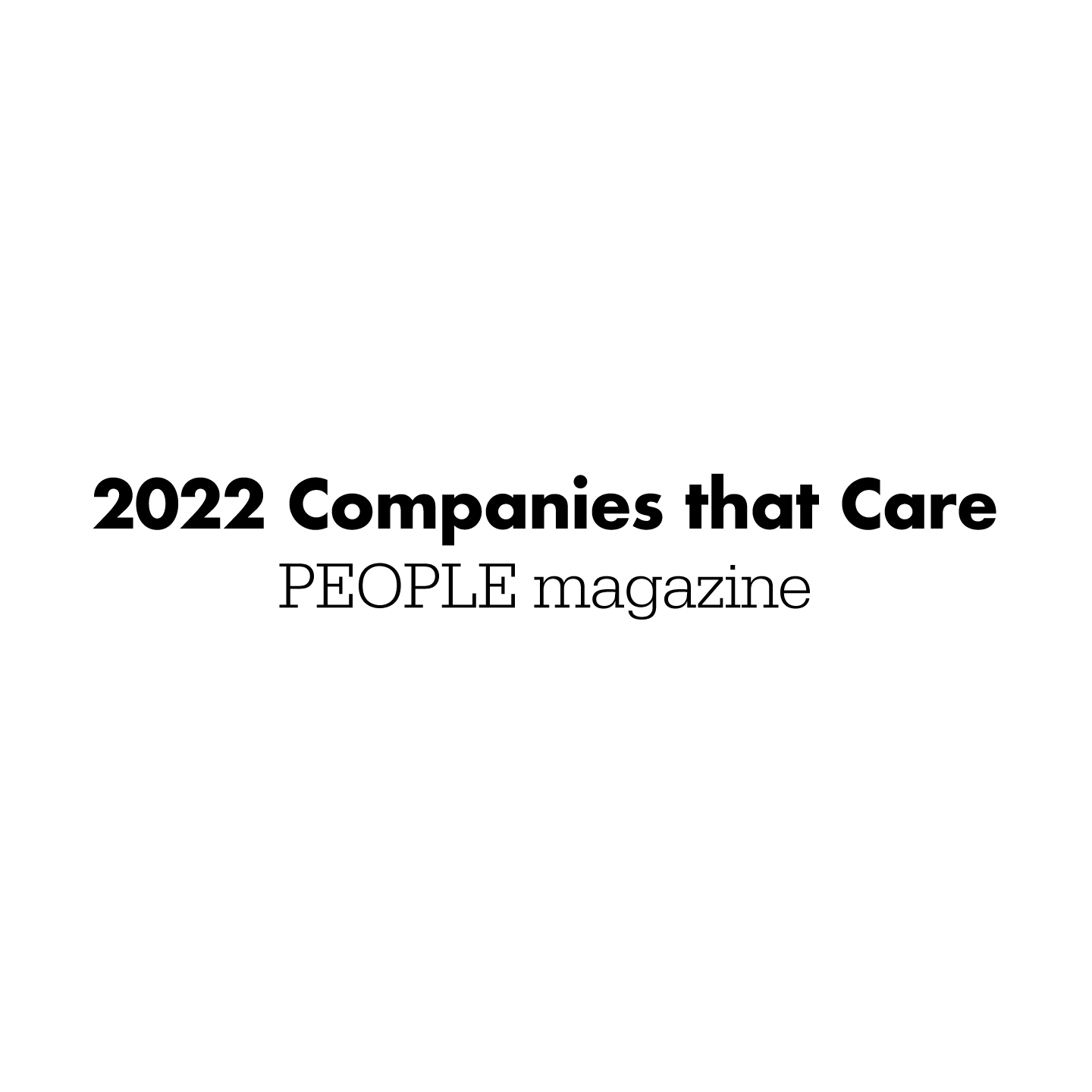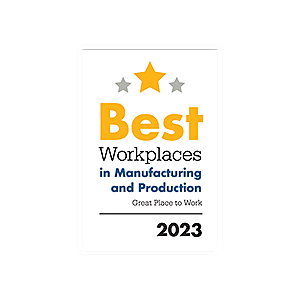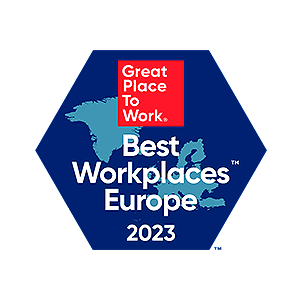What we do
Stryker is one of the world's leading medical technology companies. Alongside our customers around the world, we impact more than 150 million patients annually.


Stryker launches Incompass Total Ankle System at AOFAS 2025
Press release announcing Stryker will launch its Incompass™ Total Ankle System at the 2025 American Orthopaedic Foot & Ankle Society (AOFAS) Annual Meeting in Savannah, Georgia, September 10–13, 2025
Read More
Inari Medical, now part of Stryker, launches the all-new InThrill® Thrombectomy System, designed to address arteriovenous access and small vessel thrombus cases
This is the first and only purpose-built small vessel and arteriovenous (AV) access thrombectomy system that can deliver fast, full luminal clot removal.
Read More
Stryker launches Surpass Elite® Flow Diverter in the U.S., South Korea and Europe
This next-generation device represents a significant advancement in flow diversion, combining an upgraded implant design with a proprietary surface modification for enhanced performance and reduced thrombin generation.
Read More
Stryker receives FDA clearance for Incompass Total Ankle System
Stryker's Incompass™ Total Ankle System is an implant intended for patients with ankle joints damaged by severe rheumatoid, post-traumatic, or degenerative arthritis.
Read MoreMedical and Surgical
Empowering people for powerful outcomes
By putting people at the heart of every innovation, we optimize pathways across the continuum of care — for the excellence of care delivery, the safety and wellbeing of care teams and the outcomes of patients.
Orthopaedics and Spine
Leading what's next
Our Orthopaedics portfolio is a culmination of powerful solutions that maximize clinical, financial and operational outcomes. From iconic innovations to reliable platforms, from decision-driving data to medical education, we help move procedures and patients forward.
Neurotechnology
Better connected
By delivering access to meaningful innovation, operational efficiency and the simplification of a single partner, we provide the power of a deeper understanding to help you better serve the needs of your patients and improve clinical and economic outcomes.
Services
Maximizing your investment
From flexible financial options to sustainable options for reprocessing single-use devices to world class technicians trained to maintain and support your equipment—we’re here so you can focus on what matters most, your patients.
Care settings
Supporting you exactly where you need to be
Healthcare doesn’t only happen in the hospital. Are you outfitting your ambulatory surgery center (ASC), looking for emergency response devices for an office or caring for a loved one at home? We have solutions to meet your needs right where you are.
Training and education
Advancing product and procedural knowledge
Our partnership goes beyond delivering the latest technology and solutions. We offer a wide range of training and education options to help ensure you’re making the most of your time and investment.
and by valuing our differences, we are stronger together.
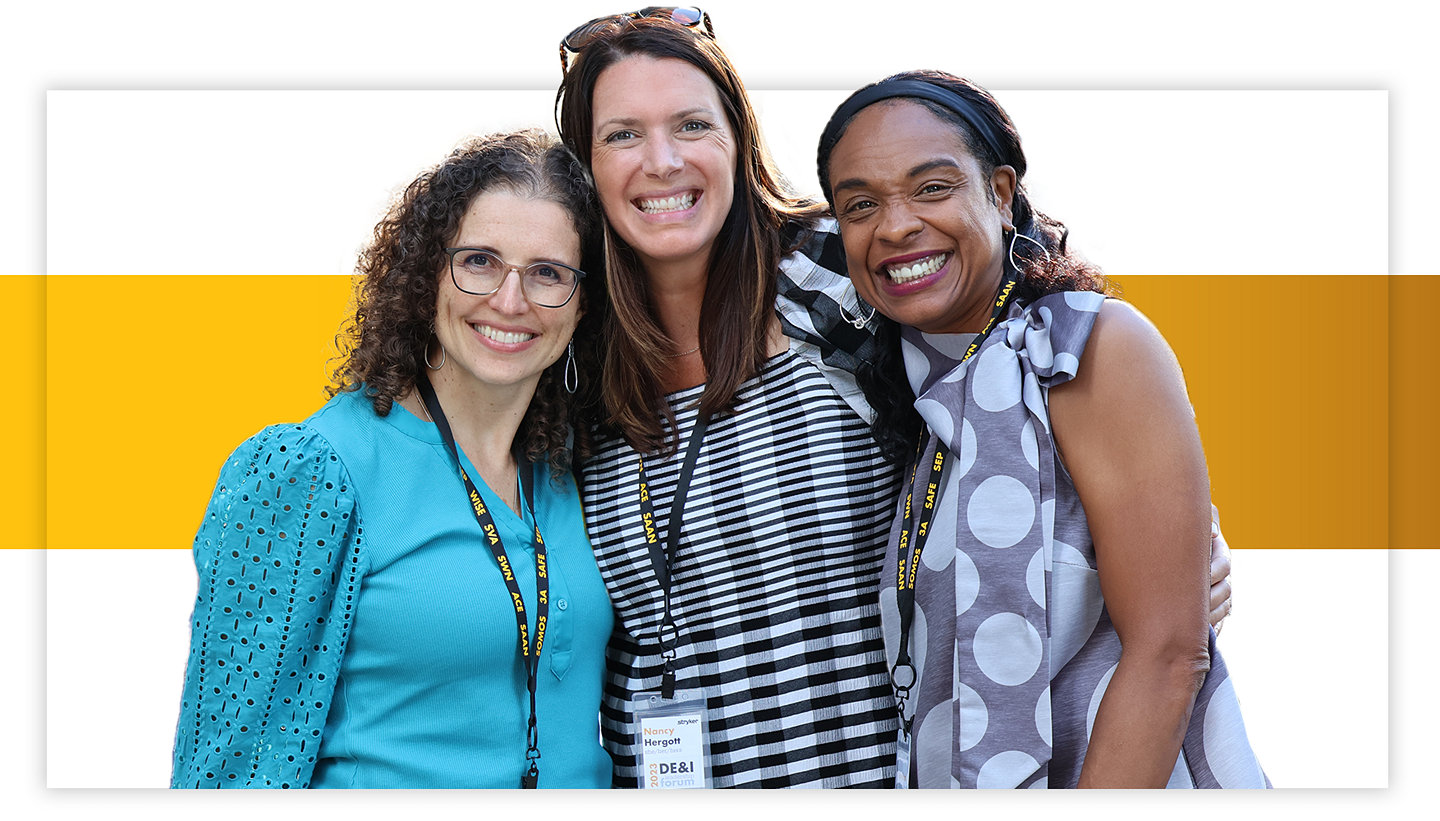
COMM-GSNPS-SYK-601900_Rev-7

